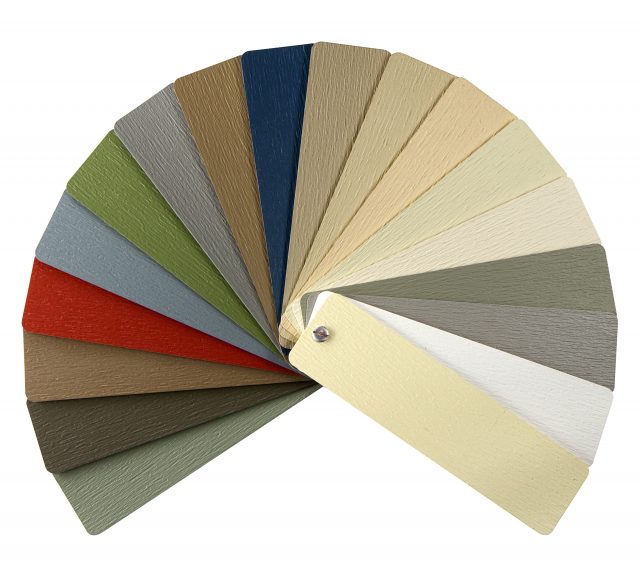How Long Does Vinyl Siding Last On Your Central Massachusetts Home?
And Will Your New Siding Do Better?
Most Central Massachusetts homeowners don’t spend much time thinking about their vinyl siding, but perhaps they should. Contrary to popular belief, vinyl siding isn’t eternal and will fail over time. The amount of time before it starts becoming a liability depends on the quality of the siding you have on your home and your local climate.
How Long Does Vinyl Siding Last?
With its relatively low cost and very low maintenance, vinyl siding has been the most popular choice for decades and has proven to be a durable product. Most vinyl siding is good for 20-40 years, depending on your local weather, sun exposure, and other variables. Yes, that’s a big window, but that’s because, without harsh conditions, vinyl just doesn’t break down very quickly. Then again, nature is not exactly gentle with the homes in Central Mass.
Durability Of Vinyl Siding
Vinyl siding can handle most of what nature cares to throw at it, though it can suffer in extreme temperatures. Extreme cold can cause your siding to become brittle, and, on the other side, massive heat can literally melt your siding. Most homeowners replace their siding not because it is failing but because its color has faded or is otherwise showing its age.
Extending The Life Of Your Vinyl Siding
As mentioned above, vinyl siding can last up to 40 years with minimal maintenance, but minimal doesn’t mean any. You still need to pay attention to your siding and give it some attention at least once a year.
Cleaning – Wash your siding with simple water and vinegar (70/30) solution if it is especially dirty; otherwise, water alone should do the trick. You may use a power washer, but make sure that you never spray at an upward angle, or the water could infiltrate between the slats. If scrubbing is required, use a soft-bristled brush.

Inspecting – Look for cracks, warps, tears, or breaks in the slats. Any break in the seams of your siding is an invitation for insects, especially the wood borrowing kind, to set up shop behind the vinyl slats. Also, look for loose areas where the siding is bowing away from the walls of your home. If you act quickly, most of these situations can be repaired. But if you wait or, worse, just don’t check, the problems will reach the point that new siding is your only good option.
The Difference Between 20 And 40 Year Siding
Unfortunately, all but one of the main factors affecting how long your siding will last are either in the past or beyond your control.
Installation
Proper installation is everything. The maximum lifespan of your siding is determined at installation. If all the manufacturer recommendations are followed to the letter, then that number starts at 40. However, if the installation is done poorly, even 20 years might be a stretch.
If your installer used cheap nails that aren’t non-corrosive, or went cheap on the underlayment and sealing tape, or failed to fix damaged areas before they laid down the siding, then nothing you do will get you to that 40-year mark.
Quality
Several quality levels are available in vinyl siding, with modern materials being superior to those used just a few decades ago. One of the main differences between high and low-quality vinyl siding is the thickness of the material. Thicker slats can withstand more abuse than thinner ones, so they are more likely to reach that 40-year mark.
Weather
Your standard Central Mass winter can be called many things, but never gentle. Nor’easters can be brutal, and the snowfall is high while the temperatures drop low. Spring and summer storms can also be quite violent. In short, nature takes a mighty stab at lowering the life expectancy of your siding every single year.
Maintenance And Inspection
Maintenance and inspection described earlier are the best ways to get the most out of your siding. You may not have selected the quality or supervised the installation, and you certainly can’t control the weather, so all you can do is take care of what you have and ensure that any problems are caught early and remedied quickly.
Aside from your annual inspection, you should inspect your siding after any major storm, too. A loose slat from one storm will become a missing slat on the next. From there, water and insect damage to the structural components of your house won’t be far behind.
New Siding

Replacing your siding once it has begun to fail or fade is an opportunity to give your house a facelift. New colors and styles are now available, some with much more realistic-looking wood patterns than were available in days past. You can completely alter the appearance of your home with the right siding choices.
Today’s vinyl siding is much more attractive than what was available just a couple of decades ago. With some versions, it’s difficult to tell that a home is using vinyl instead of some other, more expensive, siding material. Any choice you make will be an upgrade from what you have.
If you think it’s time to replace the vinyl siding on your Central Massachusetts home, contact us at Solid State Construction for a free consultation.


